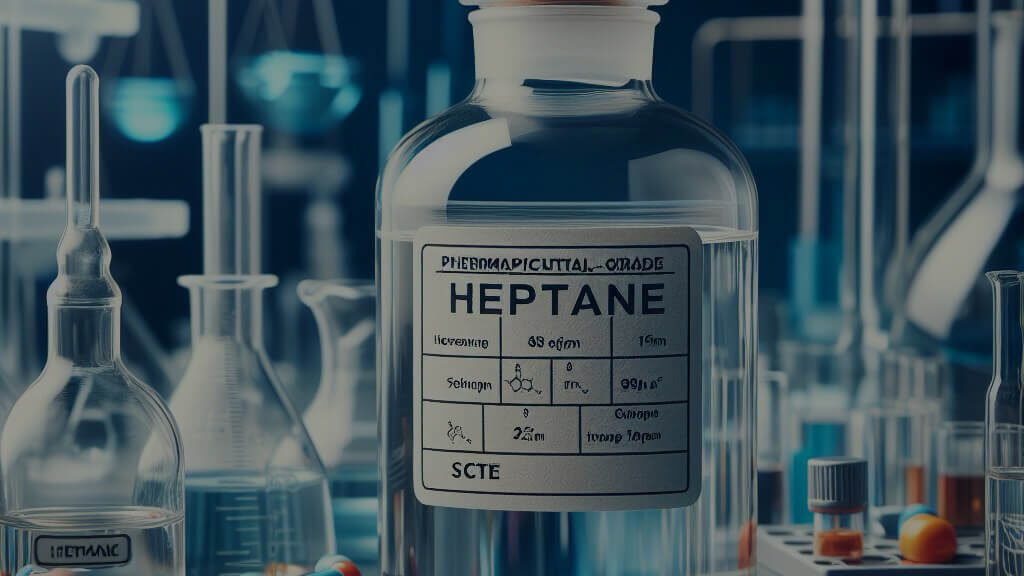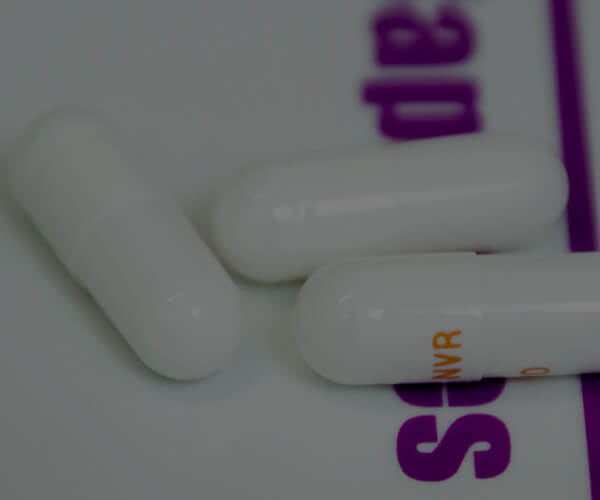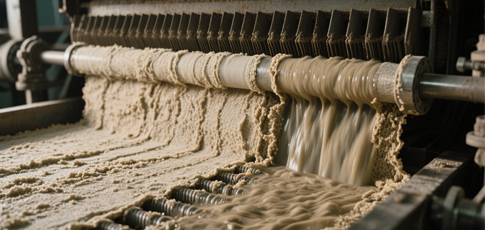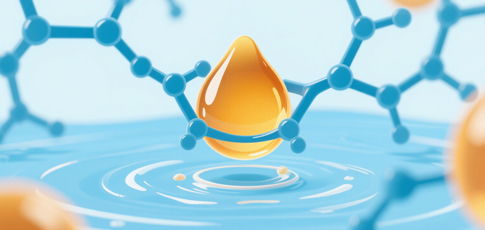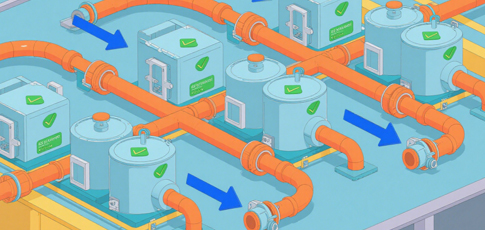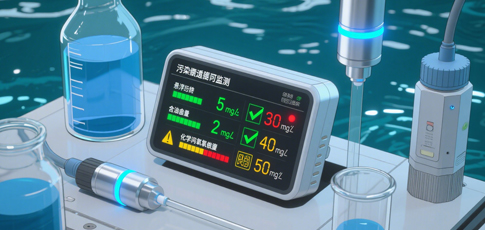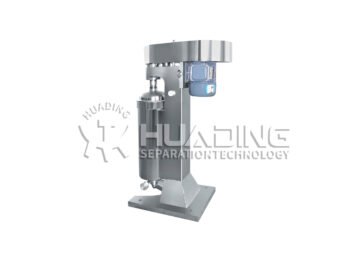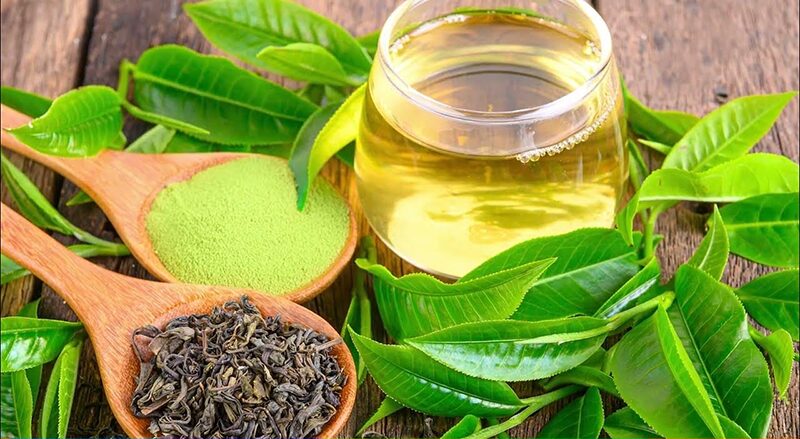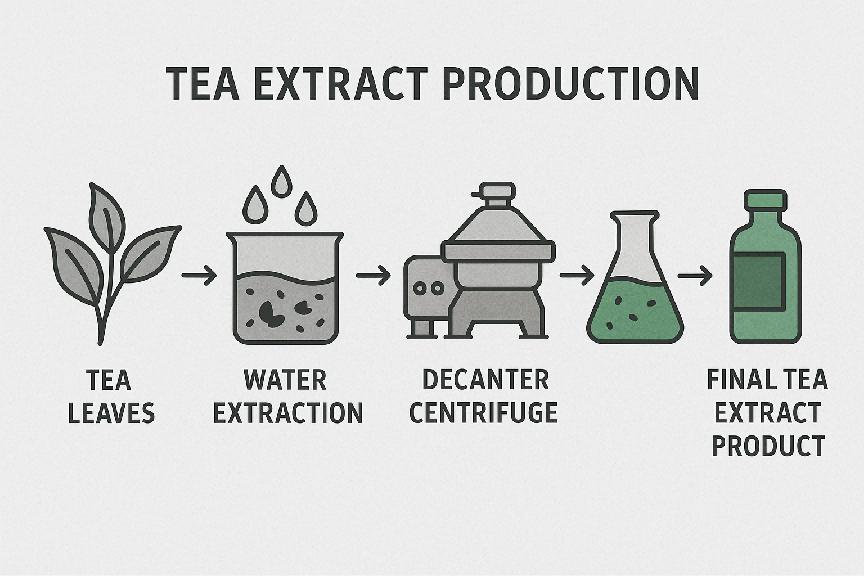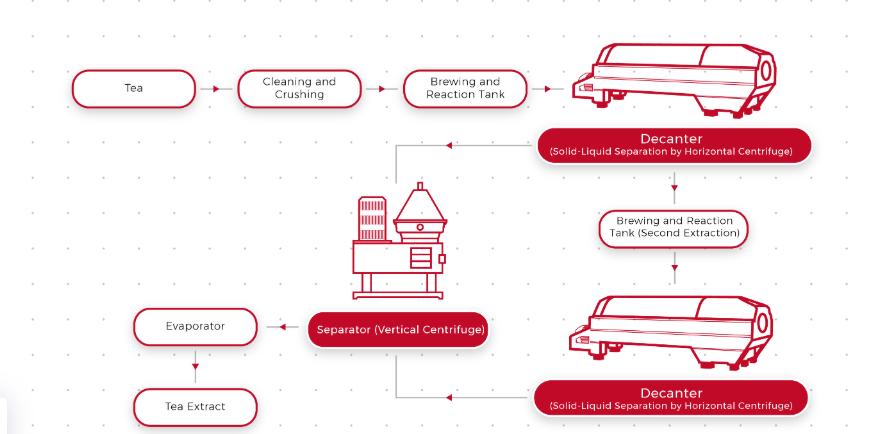Pharmaceutical substances such as vitamins, plant and organ extracts, antibiotics, enzymes, hormones, and other biologically active agents are highly sensitive and valuable. Huading Separator can provides gas-tight and explosion-proof centrifuge solutions for gentle, contamination-free extraction.
Whether the process involves liquid-liquid, liquid-solid, or liquid-liquid-solid separation—single-stage or multi-stage—Huading supports all major extraction principles, including co-current, counter-current, and crossflow techniques. Our flexible systems adapt to diverse pharmaceutical production needs with precision and safety.
Common Processes in Pharmaceutical Extraction
Liquid-Liquid Extraction (LLE)
Liquid-liquid extraction (LLE) is a fundamental technique in pharmaceutical processing, employed to separate compounds based on their solubilities in two different immiscible liquids, typically an aqueous phase and an organic solvent. Centrifugal separators enhance this process by providing rapid and efficient phase separation. By applying high centrifugal forces, these separators reduce the time required for phase disengagement, minimize solvent usage. This method is particularly beneficial for temperature-sensitive operations and processes requiring reduced solvent inventory and footprint.
Liquid-Solid Separation
In pharmaceutical manufacturing, liquid-solid separation help removing solid impurities from liquid extracts, ensuring the clarity and purity of the final product. Centrifugal separators, such as decanter centrifuges and disc stack separators, are widely used for this purpose. These machines apply centrifugal force to separate suspended solids from liquids efficiently that is ideal for clarifying herbal tinctures, fermentation broths, and other liquid preparations.
Liquid-Liquid-Solid Separation
Complex pharmaceutical processes often involve mixtures containing two immiscible liquids and suspended solids, necessitating simultaneous separation of all three phases. Centrifugal separators are adept at handling such liquid-liquid-solid separations, commonly encountered in fermentation processes and natural product extractions. By leveraging centrifugal force, these separators effectively isolate solids while concurrently separating the liquid phases based on their density differences. This capability ensures the efficient recovery of valuable compounds and the removal of unwanted impurities, enhancing product quality and process efficiency.
Continuous vs. Batch Processing
Centrifugal separators offer flexibility in pharmaceutical manufacturing by accommodating both continuous and batch processing modes. Continuous processing involves the constant input and output of materials that enabling steady-state operations. Conversely, batch processing handles materials in discrete quantities provide greater control over individual production lots. The choice between continuous and batch processing depends on various factors, including production scale, regulatory requirements, and specific process characteristics. Manufacturers like Huading provide centrifugal separation solutions tailored to both processing modes, supporting diverse pharmaceutical production needs.
Applications in Plant-Based Pharmaceutical Extraction
Herbal Extracts
In the production of herbal medicines, centrifugal separators are employed to isolate bioactive compounds from plant matrices. This process preserves the therapeutic properties of the extracts and ensures consistency in product quality. For instance, compounds like cannabidiol (CBD) are extracted from hemp using these technologies to achieve high purity levels.
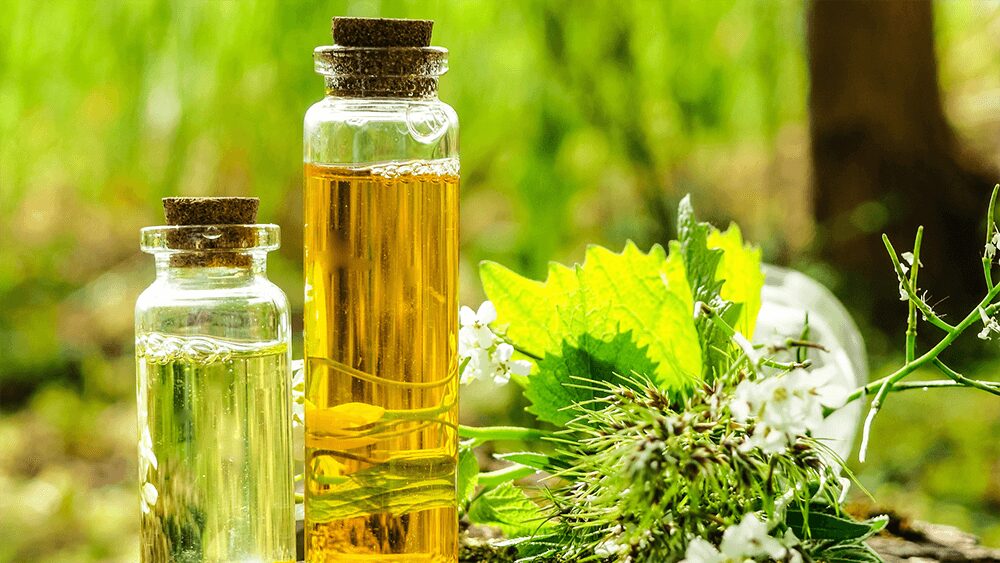

Essential Oils
The extraction of essential oils from aromatic plants involves separating volatile compounds from plant materials. Centrifugal separators facilitate this by efficiently isolating the oil phase from aqueous distillates, resulting in pure essential oils used in both pharmaceutical and cosmetic industries.
Alkaloids and Flavonoids
Alkaloids such as morphine, codeine, caffeine, quinine, and ergot alkaloids, as well as flavonoids, are extracted from various plant sources for their pharmacological activities. Centrifugal separation techniques enable the efficient purification of these compounds, ensuring their efficacy and safety in medicinal applications.
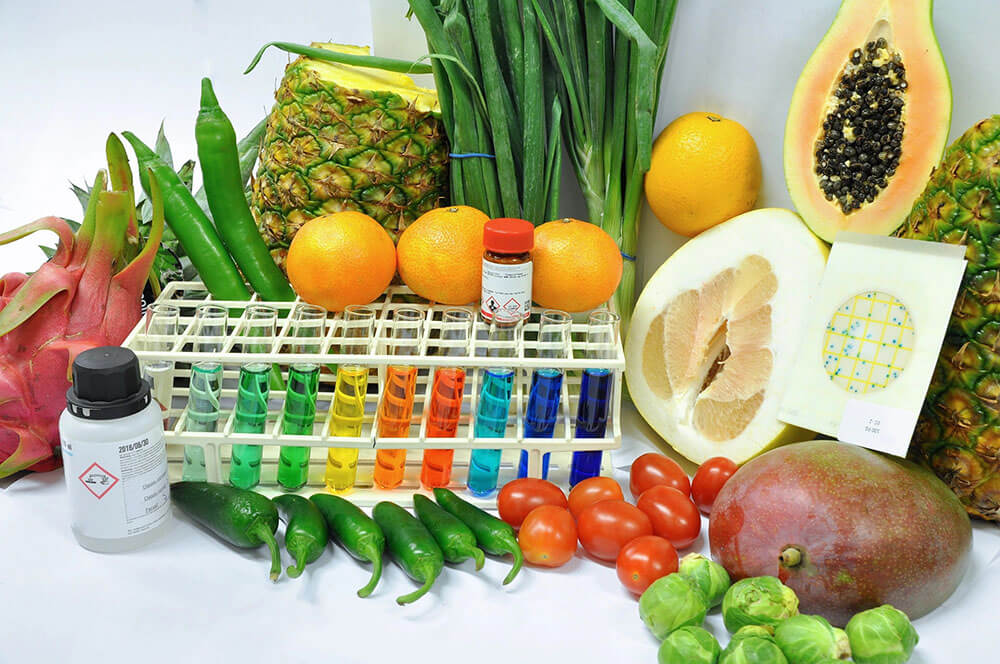

Antibiotics
Certain antibiotics, including penicillin, erythromycin, tetracycline, bacitracin, clavulanic acid, and cyclosporine, are derived from microbial fermentation processes. Centrifugal separators are utilized to separate the antibiotic compounds from the fermentation broth, enhancing yield and purity.
Steroids and Hormones
The production of steroids and hormones such as corticosteroids, growth hormone, and testosterone involves complex extraction and purification processes. Centrifugal separators aid in these processes by efficiently separating the desired compounds from other cellular materials.


Organ Extracts
Organ-derived products like insulin, pancreatin, and placenta extracts require precise separation techniques to ensure product purity and safety. Centrifugal separation plays a crucial role in isolating these sensitive compounds during the manufacturing process.
Pectins and Vitamins
Pectins, used as gelling agents, and various vitamins are extracted from plant materials. Centrifugal separators facilitate the clarification and concentration of these extracts, maintaining their functional properties for pharmaceutical formulations.


Aromatic Materials
The extraction of aromatic compounds for use in medicinal teas and other therapeutic products involves separating volatile substances from plant matter. Centrifugal separation ensures the efficient recovery of these aromatic materials, preserving their desired qualities.
Features of Huading’s Centrifugal Separators
- Gas-Tight and Explosion-Proof Designs: Huading’s separators are designed to ensure safety when handling volatile solvents and flammable materials, complying with industry safety standards.
- Gentle Processing: These separators minimize shear forces, preserving the integrity of sensitive bioactive compounds during extraction.
- Compliance with GMP Standards: Huading’s equipment is designed to meet Good Manufacturing Practice requirements, facilitating regulatory approvals and ensuring product quality.
- Automated Cleaning-in-Place (CIP): The separators support automated cleaning processes, simplifying maintenance and reducing downtime between batches.

